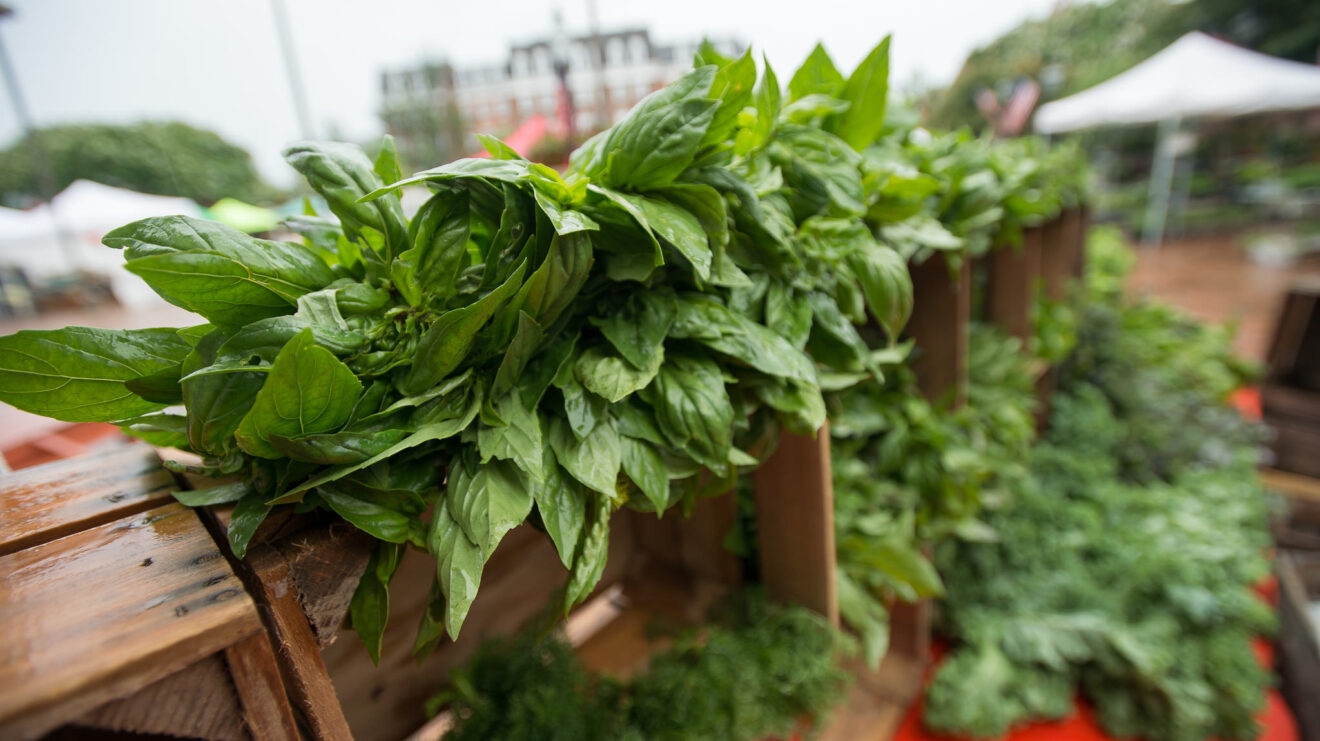There is a transformation happening in the food and beverage marketplace today. The fancy imported goods and gourmet products that were experienced on rare or special occasions once typically associated with premium quality are not exactly relevant to today’s modern consumer.
Why?
Because today’s definition and expectations of quality is being defined by the contemporary consumer. There has never been a time as now in which consumers have been more engaged. They have amazing access to information about food and drink, and food production more than ever before. For today’s consumers, food is now a cultural product to discover, share, make and trade. This reconnection with food and its origins is encouraging a new level of participation.
Think about this food cultural shift: not that long ago, chefs and their staff and all food production were kept in the kitchen, in the back off the restaurant out of view from diners. Today, it’s about open production and seeing chefs in action because food, cooking and the artisans behind the craft now take center stage. Now it’s hand-thrown pottery, having a front row seat to the magic in the kitchen and casual quality with hand-stitched aprons and plaid shirts.
In essence, America’s foodways are becoming more sophisticated and diverse as consumers increasingly aspire to higher quality food experiences they simply did not grow up with.
With this consumer-driven redefinition of quality playing out in food culture today, what, then, does “premium” mean and how should brands express quality?
This was the question at the heart of The Hartman Group’s A.C.T. (Anthropology. Culture. Trends.) Seattle symposium in September 2016: Deep Dive Into the Premium Food & Beverage Marketplace. Throughout the session, we engaged in a thought-provoking discussion to hone in on what today’s “premium” looks, smells, tastes and feels like. Here are some key thoughts about what premium means:
- It starts with finding the most premium and simple ingredients available and optimizing for taste above all else. Then it comes down to the brand aesthetic and being sure that you’re offering something more like an experience to the customer versus just solving a need state.
- “Premium” often times may sound to consumers like an industry term used by CPG companies. The idea of it as a great product along with full transparency about how it’s made, why it’s made and the values of the people who are making it, is what resonates with consumers.
- Premium is about the integrity of your brand. Talk about the brand’s values, which include full transparency in the supply chain; talk about the highest product quality and how you can achieve those things and communicate them effectively to consumers.
- For food retailers and restaurants, look at how you can enhance the eating experience for your customers through the brands, products and services you offer. Share the stories behind the great foods and beverages you sell; be a source of inspiration.
Winning in the new premium marketplace is as much about thinking differently about a category as much as it is about selling different products. Product quality is implicit, while being authentic, transparent and passionate are key building blocks. Consumers will increasingly bring premium into their households and premium will continue to evolve in meaning.
Marketers should pay attention to which products are showing growth in the natural and specialty channels and ask, “what attributes do they have that will mainstream in the next two to three years?” They should look to other categories for inspiration as well. Staying on top of what premium means will be essential. Food and beverage stakeholders should:
- Understand how consumers interpret premium via attributes, ingredients, packaging, location in store, etc.
- Invest in premium strategically as some premium categories will evolve more quickly than others.
- Categories in which health is a key usage driver will move faster.
- The acceleration of premium puts retailers and QSRs in more direct competition than ever before.
- Refrigerated packaged premium products offer the most white space opportunities moving ahead.
As CEO of The Hartman Group, Demeritt drives the vision, strategy, operations and results-oriented culture for the company’s associates as The Hartman Group furthers its offerings of tactical thinking, consumer and market intelligence, cultural competency and innovative intellectual capital to a global marketplace.
__________________________________________________
If you enjoyed this article, join SmartBrief’s email list for more stories about the food and beverage industry. We offer 17 newsletters covering the industry from restaurants to food manufacturing.
